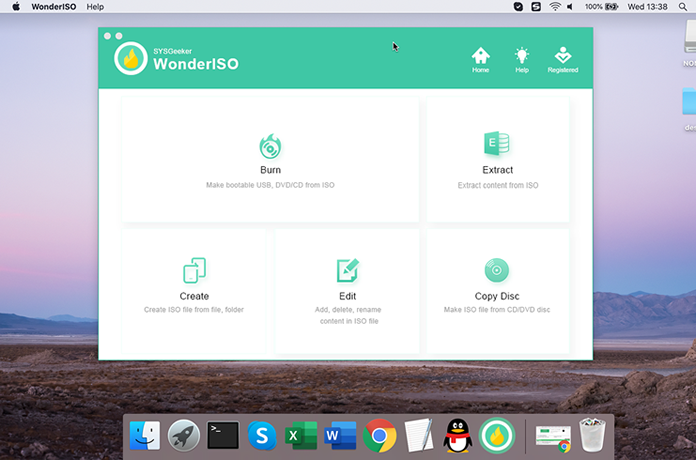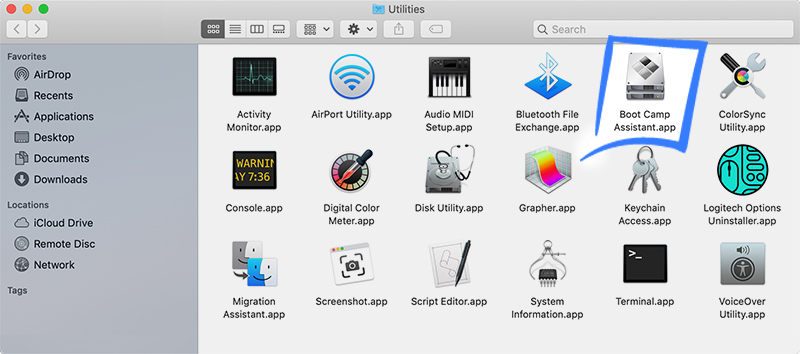

Which will list many useful details, including “Bootable” status and free space.

A further elaboration of the details of any given partition can be had with a command such as the following (this example for partition #2, the boot partition, on the average Mac): The first partition, all ~200MB of it, is actually used by EFI and is not really “usable” space. You’ll probably note that you seem to have two partitions, even though you only have one that is usable. Which will list the currently mounted disks and their respective partitions and filesystems. This will differ greatly from the output of the following command: Running the above command on a machine that does not contain a “Boot Camp” partition will result in a listing of an effectively empty disk. It will show you an effectively “empty” partition table:

Open Terminal, and run fdisk on the boot disk (normally /dev/rdisk0) to see the MBR. Let’s take an average Intel-based Mac, running with a single hard disk formatted as a GPT disk (the default). The Boot Camp utility simply uses this utility “under the hood” to make this easy for the average user. Apple utilizes their diskutil application to create an MBR on a GPT formatted disk, thus allowing Windows to install and boot. The GPT specification requires that the first 512 bytes of a disk be reserved as a place-holder, essentially containing an MBR that simply indicates one partition which occupies the whole disk, where a traditional MBR disk usually locates its partition table and boot code. Current Windows Operating Systems require a Master Boot Record formatted disk (one that accurately references all partitions using MBR) to boot from. Intel developed the latter for use with Itanium-based systems, but if you’re interested in a more elaborate explanation please look here:Ī GPT formatted disk does not contain a “real” Master Boot Record. An Intel-based Mac uses Extensible Firmware Interface (EFI) with a GUID Partition Table (GPT) formatted disk. This is nothing new to most, but many folks who are interested in running Windows on their Mac still do not know how it works.Ī classic x86 (PC) machine uses Basic Input/Output System (BIOS) with a Master Boot Record formatted disk. The essence of an Intel-based Mac is the new firmware and disk partitioning scheme.


 0 kommentar(er)
0 kommentar(er)
